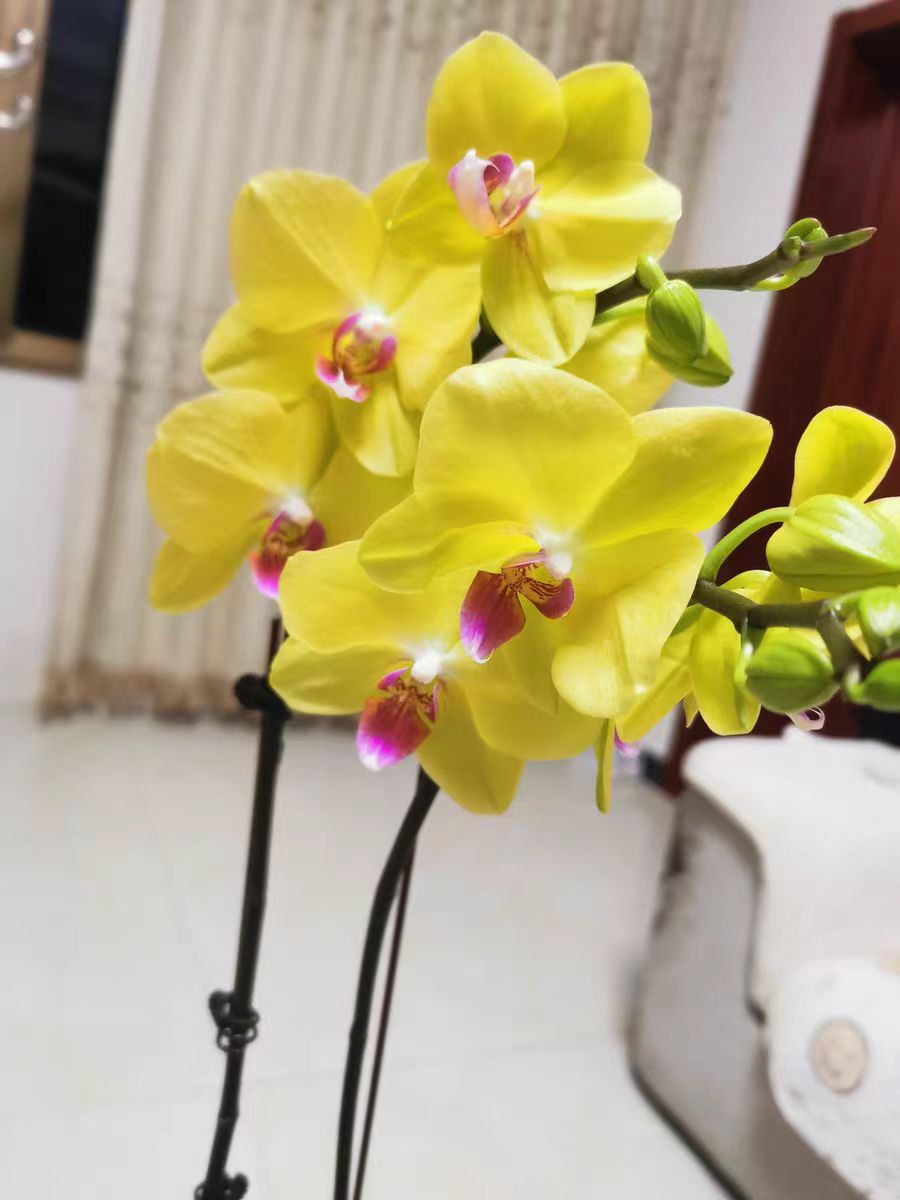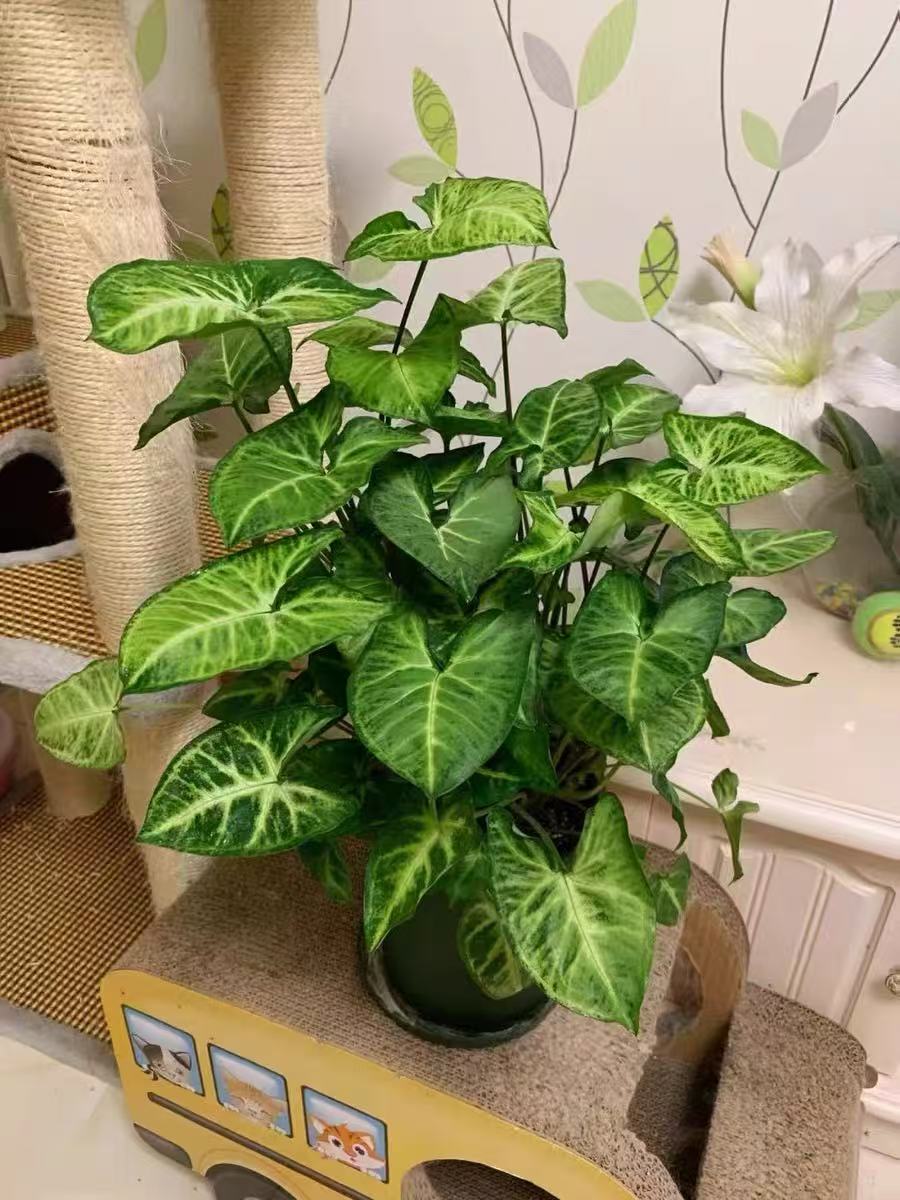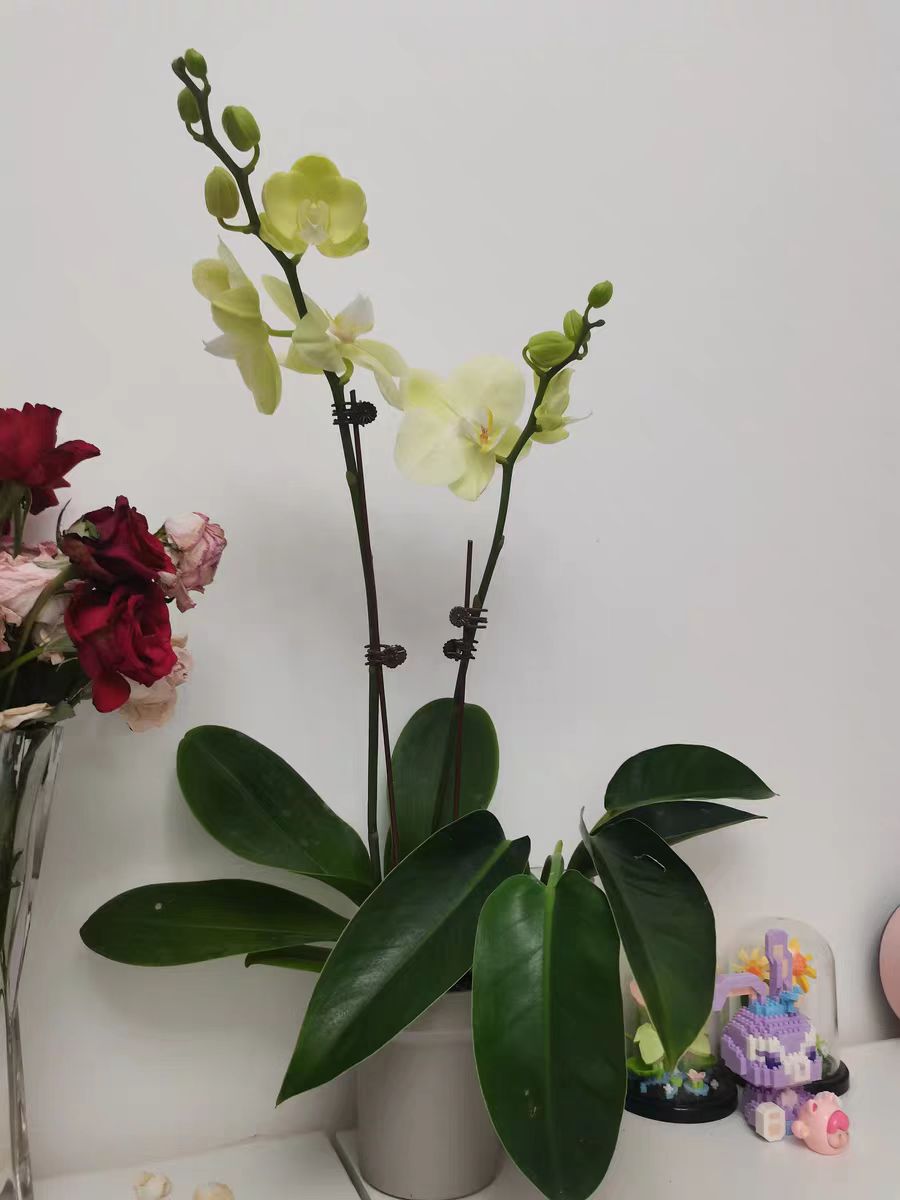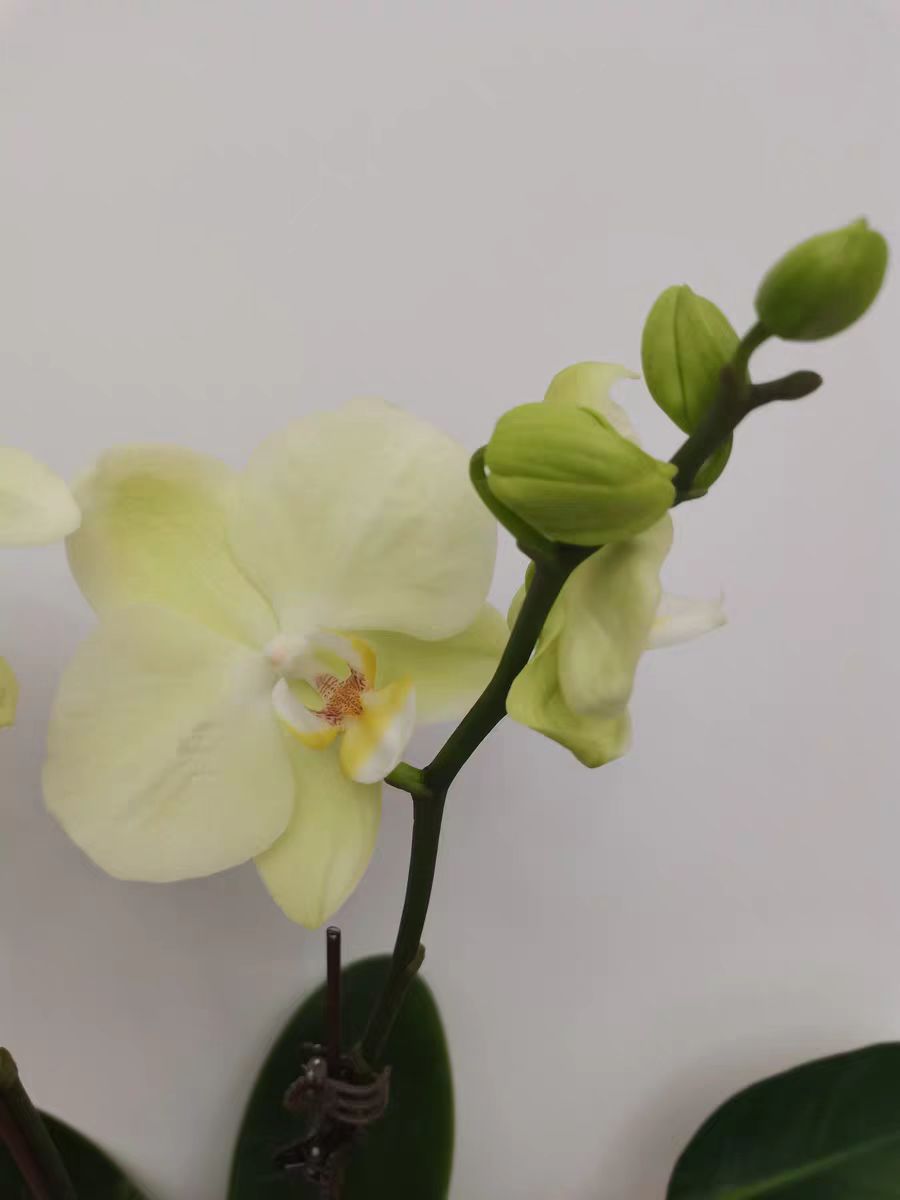Phalaenopsis orchids grown in water are favored by many enthusiasts due to their unique ornamental value and convenient maintenance. As the plants grow, some flower lovers may wish to transfer water-cultivated phalaenopsis orchids to soil cultivation to promote their stronger growth and blooming.
Steps for Transferring Phalaenopsis Orchids from Water Cultivation to Soil Cultivation
Prepare the Potting Soil and Pot
Soil Selection: Phalaenopsis orchids prefer slightly acidic soil that is loose, breathable, and has good drainage. You can choose materials such as leaf mold, perlite, and vermiculite to mix and make suitable soil. Such soil can both retain water and allow air to pass through, which is beneficial to the growth of the roots of phalaenopsis orchids.
Pot Selection: Select a pot of appropriate size and ensure that there are drainage holes at the bottom of the pot so that excess water can be drained out in a timely manner to prevent waterlogging and root rot.
Determine the Transplantation Timing
When the roots of the water-cultivated phalaenopsis orchids grow to a length of 3 to 4 centimeters and are healthy, you can consider transferring them to soil cultivation. At this time, the roots are relatively developed and can better adapt to the soil environment.
Transplantation Operation
Remove the Plant: Gently take out the phalaenopsis orchid from the water cultivation container and shake off the excess water.
Trim the Roots: Tear off the necrotic or rotten roots by hand. Be careful not to use scissors for trimming to avoid wound infection.
Plant in the Soil: Place the phalaenopsis orchid in the prepared soil, spread out the roots, gently compact the soil, and ensure that the roots are in close contact with the soil.
Watering: Immediately water thoroughly after transplantation to make the roots fully combine with the soil.
Seedling Hardening and Maintenance
Placement Location: Place the transplanted phalaenopsis orchid in a cool and ventilated place for seedling hardening, and avoid direct sunlight.
Observe the Status: During the seedling hardening period, pay attention to observing the growth status of the plant. The leaves may temporarily look listless, which is a normal phenomenon, so don't worry too much.
Adjust the Light: After the seedling hardening period, gradually increase the light exposure until it is placed in a place with diffused light for normal maintenance.
Precautions for Transferring from Water Cultivation to Soil Cultivation
Disinfection Treatment: If the roots are found to be blackened, rotten, or have an unpleasant smell, disinfection treatment is required. You can soak the roots in a solution of carbendazim mixed with water for about 10 minutes, and then let them dry before transplantation.
Prevent Waterlogging: The potting soil should be kept loose and breathable to avoid waterlogging. You can lay a drainage layer at the bottom of the pot, such as ceramsite or broken bricks, to improve the drainage performance.
Gradual Adaptation: Transferring from water cultivation to soil cultivation is a gradual adaptation process. In the initial stage of transplantation, don't be in a hurry to fertilize to avoid burdening the plant. Gradually increase the proportion of soil to give the phalaenopsis orchid a process of adaptation.
Regular Observation and Adjustment: Regularly check the soil moisture and the growth of the plant. If the leaves turn yellow or the growth is slow, it may be due to insufficient soil moisture or light, and adjustments need to be made in a timely manner. Maintain appropriate temperature and humidity to provide a good growth environment for the phalaenopsis orchid.
By following the above steps and precautions, the process of transferring phalaenopsis orchids from water cultivation to soil cultivation will be more smooth. I hope your phalaenopsis orchid will thrive in the new soil and bloom more gorgeous flowers.
How to Transfer Phalaenopsis Orchids Grown in Water to Soil Cultivation?

Share with
Tagged in :




Leave a Reply